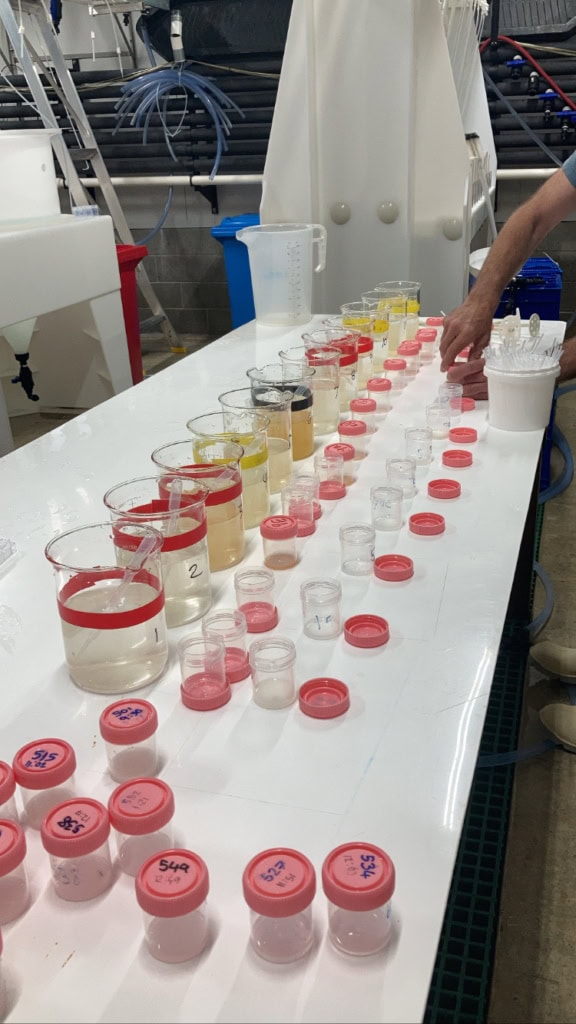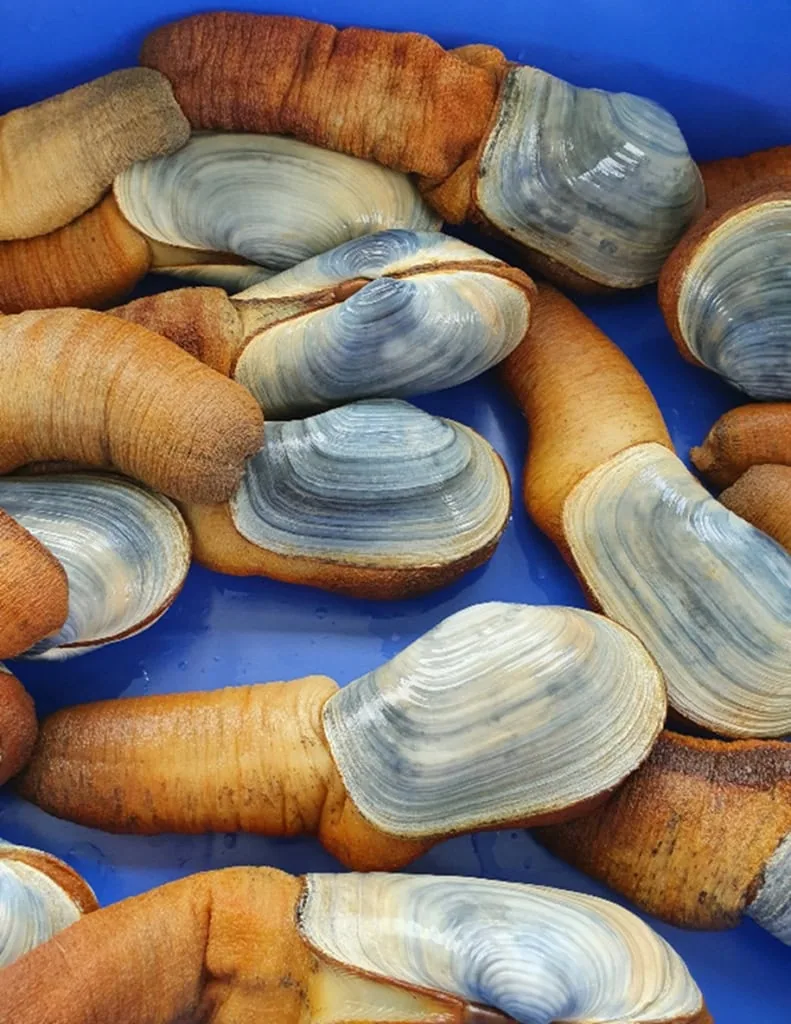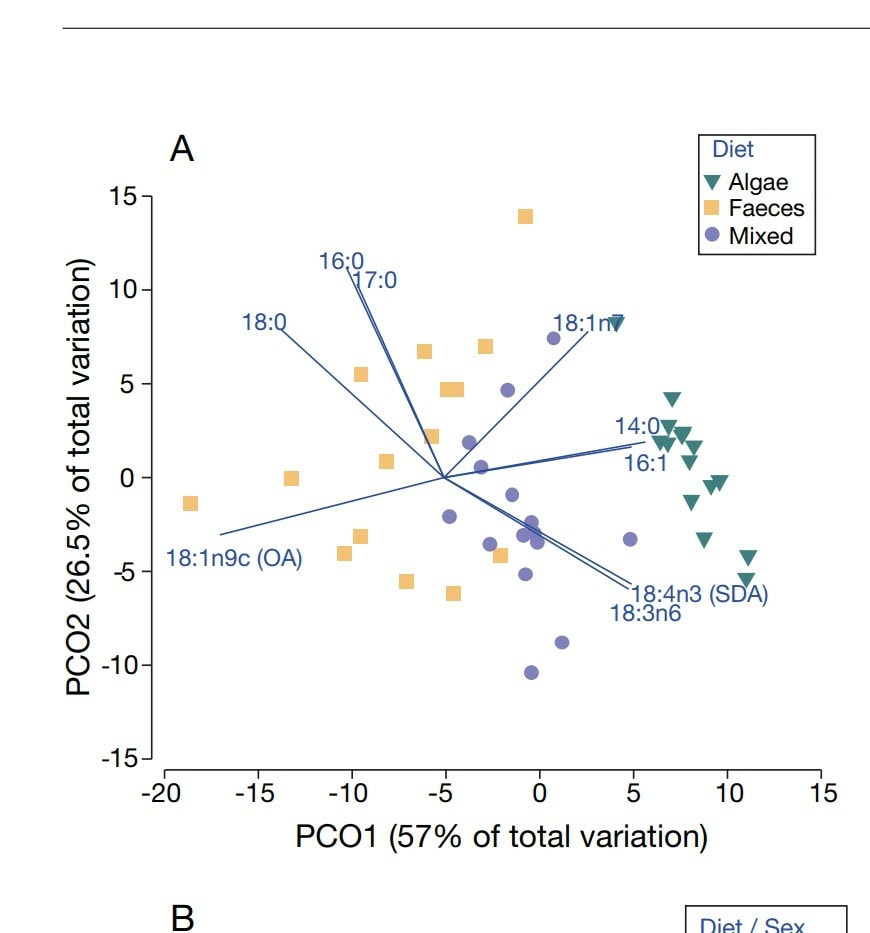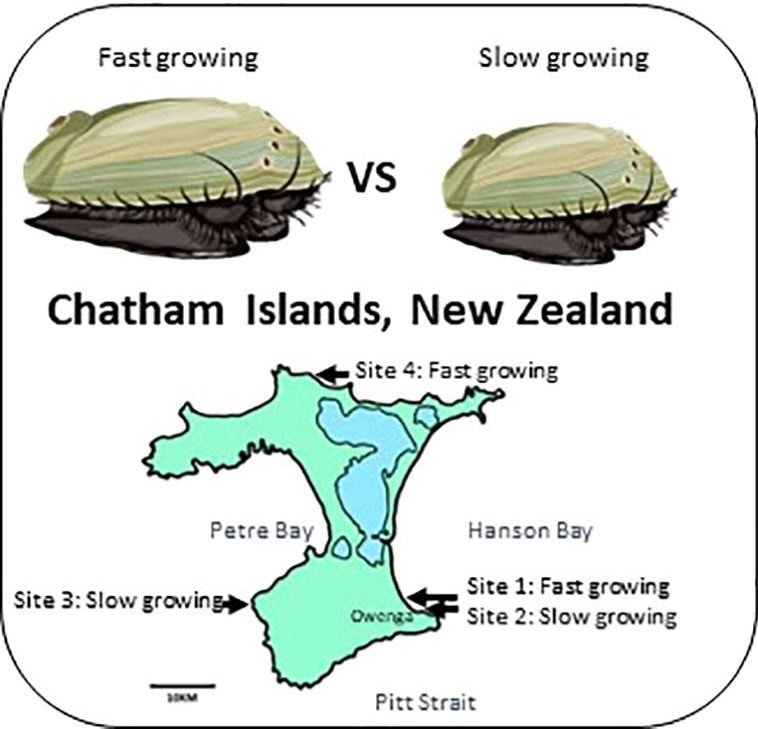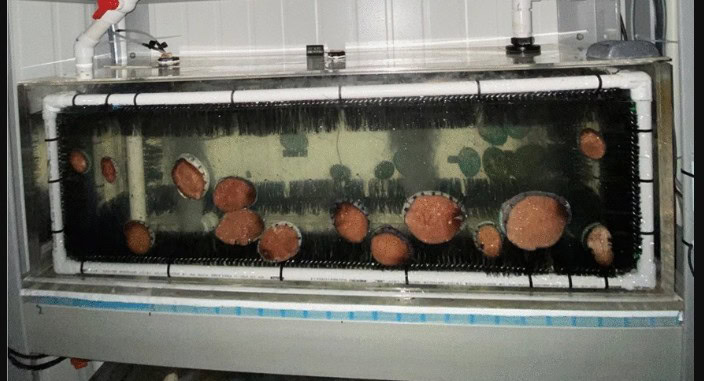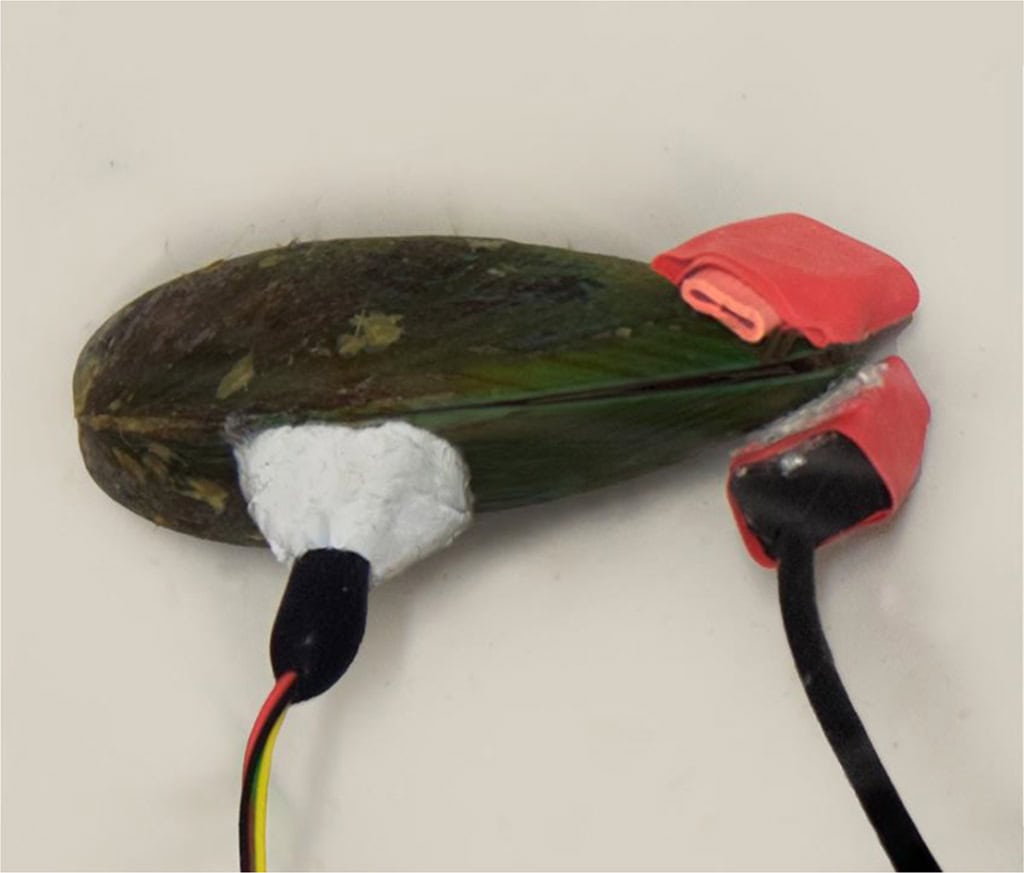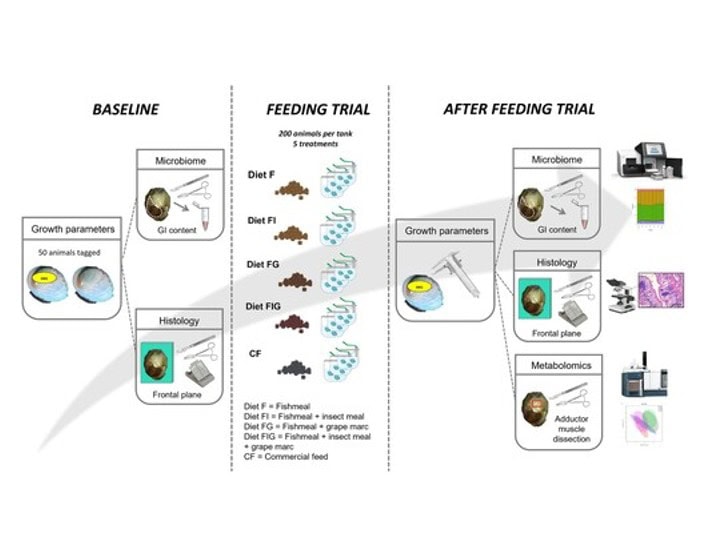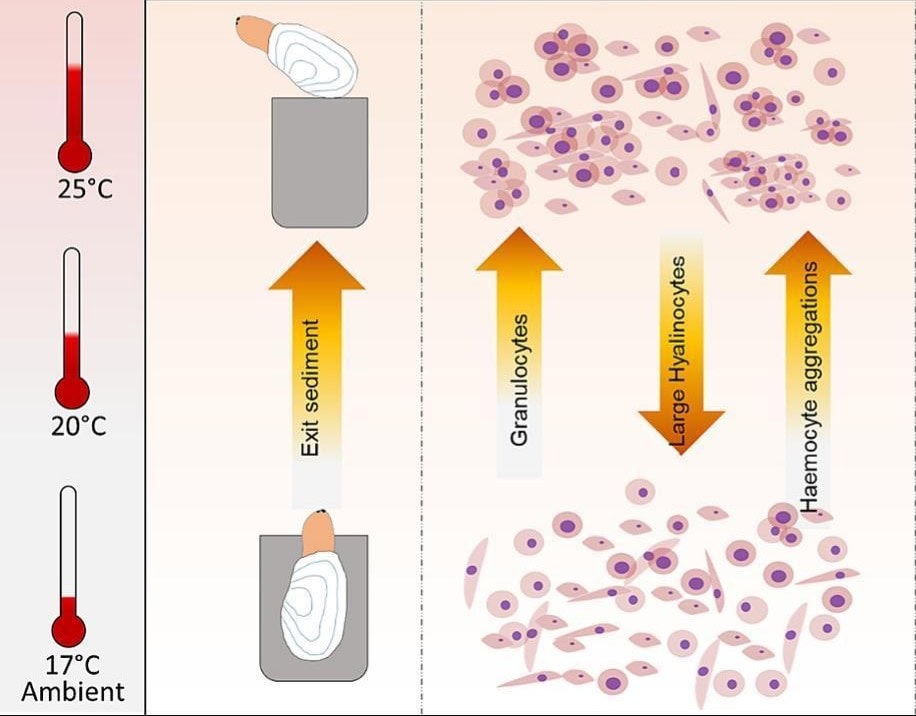Diversify
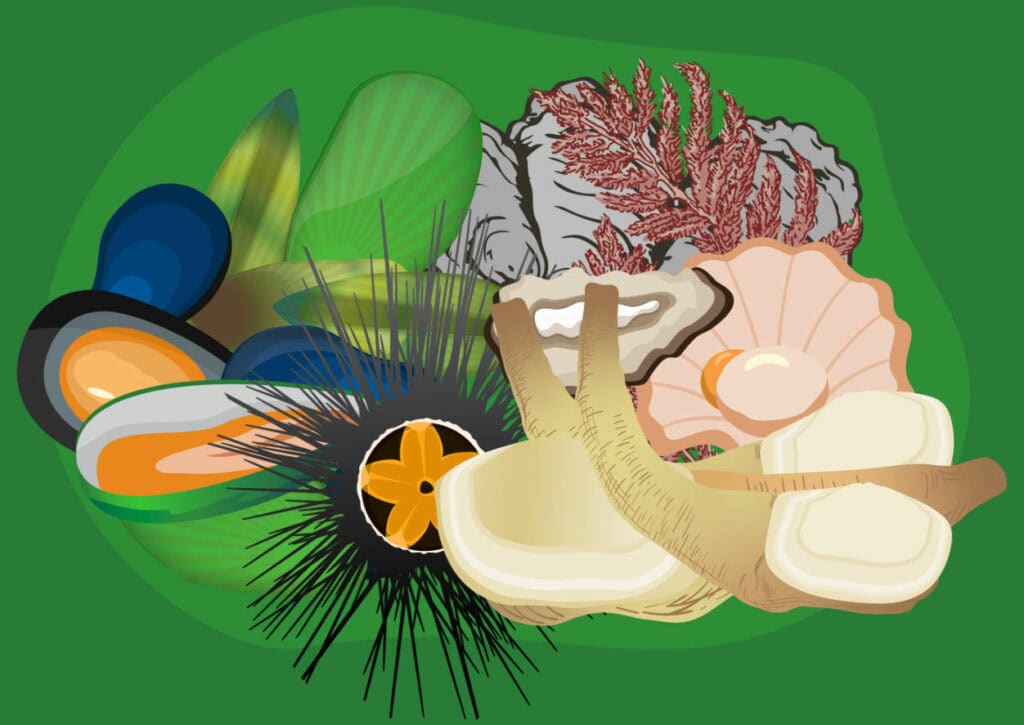
Featured case studies
See all ShARP case studiesRelated news
See all ShARP newsRelated publications
See all ShARP publicationsA metabolomics approach to assess the effect of storage conditions on metabolic processes of New Zealand surf clam (Crassula aequilatera)
Alfaro AC, Nguyen TV, Mellow D (2019) A metabolomics approach to assess the effect of storage conditions on metabolic processes of New Zealand surf clam (Crassula aequilatera). Aquaculture Volume 498 315:321 https://doi.org/10.1016/j.aquaculture.2018.08.065
Chitosan coated alginate beads as probiotic delivery system for New Zealand black footed abalone (Haliotis iris)
Dezfooli SM, Bonnot C, Gutierrez-Maddox N, Alfaro AC, Seyfoddin A. (2022). Chitosan Coated Alginate Beads as Probiotic Delivery System for New Zealand Black Footed Abalone (Haliotis iris). Journal of Applied Polymer Science. https://doi.org/10.1002/app.52626
Communities and attachment networks associated with primary, secondary and alternative foundation species; a case study of stressed and disturbed stands of southern bull kelp
Thomsen MS, South PM, (2019) Communities and attachment networks associated with primary, secondary and alternative foundation species; a case study of stressed and disturbed stands of southern bull kelp. Diversity. Volume 11(4):56 https://doi.org/10.3390/d11040056
Effects of temperature on early development of the New Zealand geoduck Panopea zelandica (Quoy & Gaimard, 1835)
Sharma SS, Alfaro AC, Ragg NLC, Zamora LN (2020). Effects of temperature on early development of the New Zealand geoduck Panopea zelandica. (Quoy & Gaimard, 1835). Aquaculture Research 51(2): 751-760. https://doi.org/10.1111/are.14425
Examination of the potential of refrigerated seawater to improve live transport of the mussel Perna canaliculus: Physiological responses, meat quality and safety implications under different chilled storage conditions
Tuckey NPL, Timms BA, Fletcher GC, Summers G, Delorme NJ, Ericson JA, Ragg NLC, Miller P, Wibisono R, Taylor R, Adams SL, Zamora LN. (2023). Examination of the potential of refrigerated seawater to improve live transport of the mussel Perna canaliculus: Physiological responses, meat quality and safety implications under different chilled storage conditions. Aquaculture https://doi.org/10.1016/j.aquaculture.2023.739794
New Zealand aquaculture industry: research, opportunities and constraints for integrative multitrophic farming
Stenton-Dozey JME, Heath P, Ren JS, Zamora LN (2020). New Zealand aquaculture industry: research, opportunities and constraints for integrative multitrophic farming. New Zealand Journal of Marine and Freshwater Research: 1-21. https://doi.org/10.1080/00288330.2020.1752266
